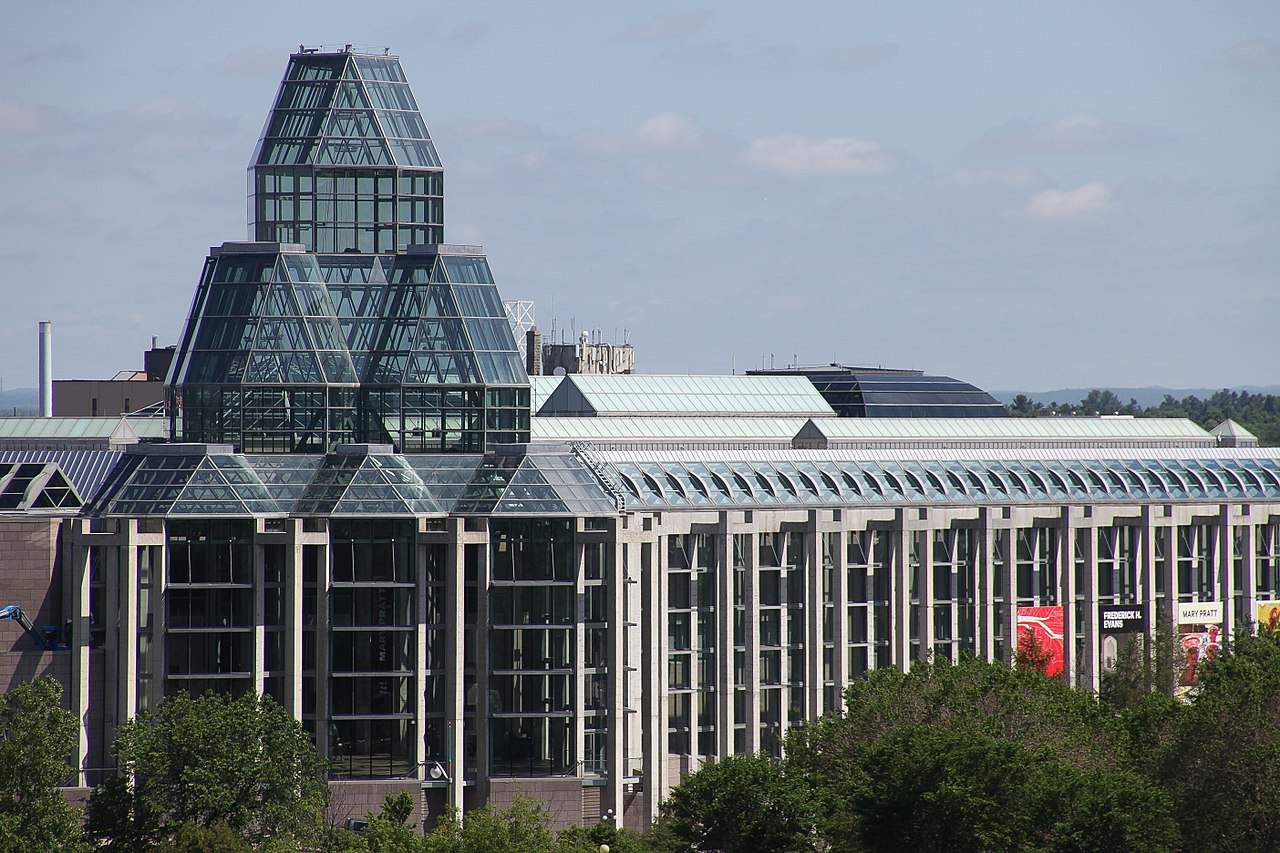Ottawa, National Gallery of Canada creates department for decolonization
The National Gallery of Canada in Ottawa, the capital of the North American country visited by some 400,000 visitors each year, has announced the creation of a Department of Decolonization, officially the “Department of Indigenous Ways,” which will have as its director and dedicated gallery vice-president two experts on the subject, Michelle LaVallee and Steven Loft, respectively. The creation of this department and the establishment of two positions at the top of the museum that will deal with the subject matter mark, the museum notes, a new milestone in the implementation of the National Gallery of Canada’s first Transform Together strategic plan launched last spring. The institute’s commitment is to reexamine and reimagine its collections, programming, policies, and approach to public engagement to reflect on the diversity of Canadian society and the “First Peoples” (that’s the expression by which the museum identifies Native peoples) of this land. Through these new events, the Gallery is committed to supporting the self-determination of Indigenous peoples and amplifying the voices of Indigenous artists, curators, scholars, Elders, knowledge keepers, and creative and cultural producers.
“Steven and Michelle,” says Sasha Suda, director of the National Gallery of Canada, “will lead the museum’s work to deepen its relationship with Indigenous communities and nations, locally, nationally, and internationally, and guide the work of decolonization and reconciliation through everything the museum does. This will build on the work of the indigenous gallery staff who have initiated landmark exhibitions such as the Alex Janvier and Àbadakone retrospective, building a rich collection of contemporary international indigenous art.”
Loft, of Mohawk and Jewish descent, recently served as Director of Strategic Initiatives for Indigenous Arts and Culture at the Canada Council for the Arts, and will bring her voice to the Gallery’s executive team as a leader and member of the Steering Committee. In her new role, she will work closely with Angela Cassie, the Gallery’s Vice President for Strategic Transformation and Inclusion, who is charged with leading the implementation of the National Gallery of Canada’s commitment to justice, equity, diversity, inclusion, and accessibility, as well as with the directors of the Canadian museum’s education and curatorial departments.
“I am excited to join the Gallery team at a time of such transformation,” said Loft. “For indigenous peoples and others who have not been seen in the narratives of this land, it is time for their stories to be at the forefront of our shared journey of decolonization and society building. First Nations, Métis and Inuit perspectives, worldviews and relationship to this land we now know as Canada are critical to understanding ourselves, our history and our possible future. Art shows us the promise of sharing and understanding...it allows us to reveal who we are, to ourselves and to others, if we allow it.”
Michelle LaVallee, who currently holds the position of Director of the Indigenous Art Center at the Crown-Indigenous Relations and Northern Affairs Canada institute in Gatineau, Quebec, will work closely with Steven Loft and management, as well as the curatorial departments, including the Indigenous art curatorial team.
“My career is dedicated to advocating for indigenous art and artists within institutions,” LaVallee said. “I believe the Gallery is an ideal site for storytelling and knowledge sharing with and in service to Indigenous Peoples. I am interested in change and working to challenge historical relationships with art and history museums toward respect, trust, reciprocity and accountability to build a new way of interacting with people, space and land. It is exciting to have the opportunity to work together with my colleagues to build networks of awakened solidarity, fueling the movement for the rebirth and decolonization of indigenous lands through our contribution to the transformation and future orientation here at the National Gallery of Canada.”
Image: the National Gallery of Canada. Photo by Rick Ligthelm
 |
| Ottawa, National Gallery of Canada creates department for decolonization |
Warning: the translation into English of the original Italian article was created using automatic tools. We undertake to review all articles, but we do not guarantee the total absence of inaccuracies in the translation due to the program. You can find the original by clicking on the ITA button. If you find any mistake,please contact us.




























